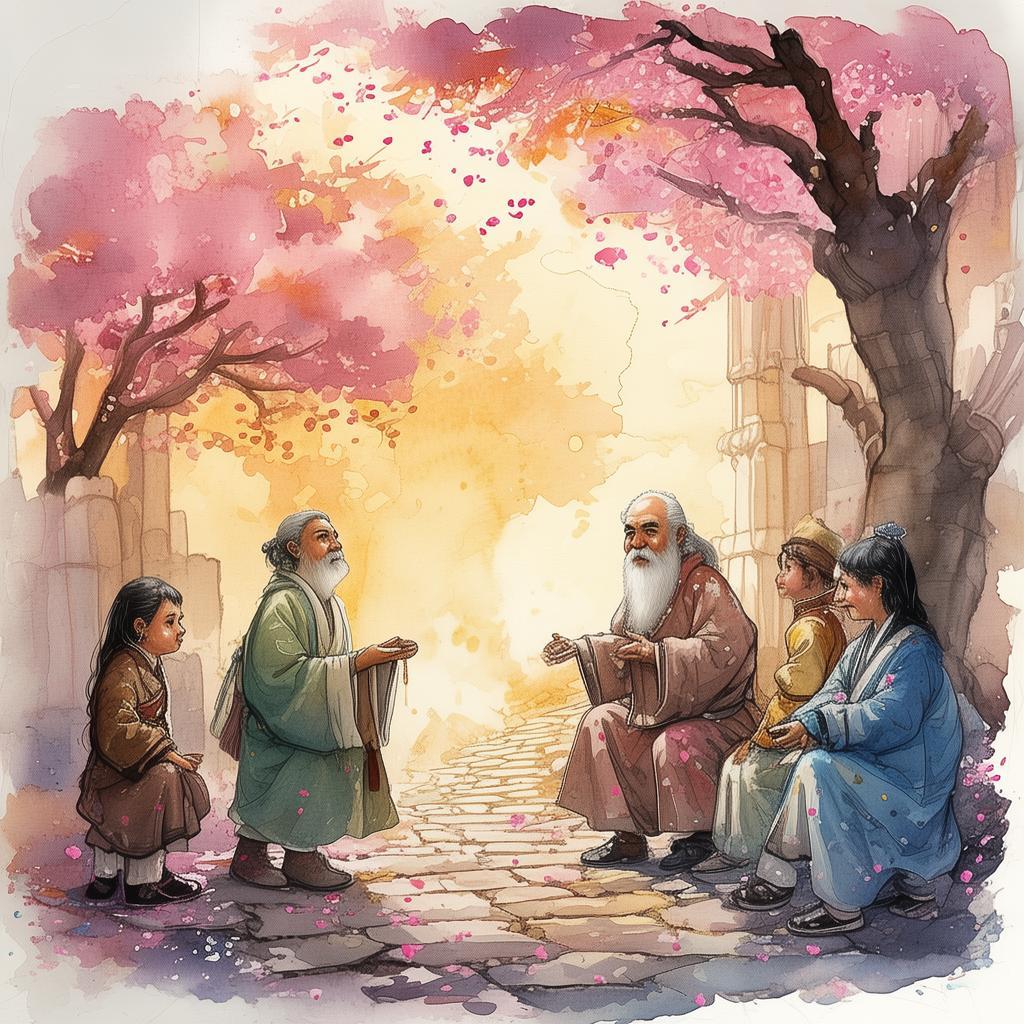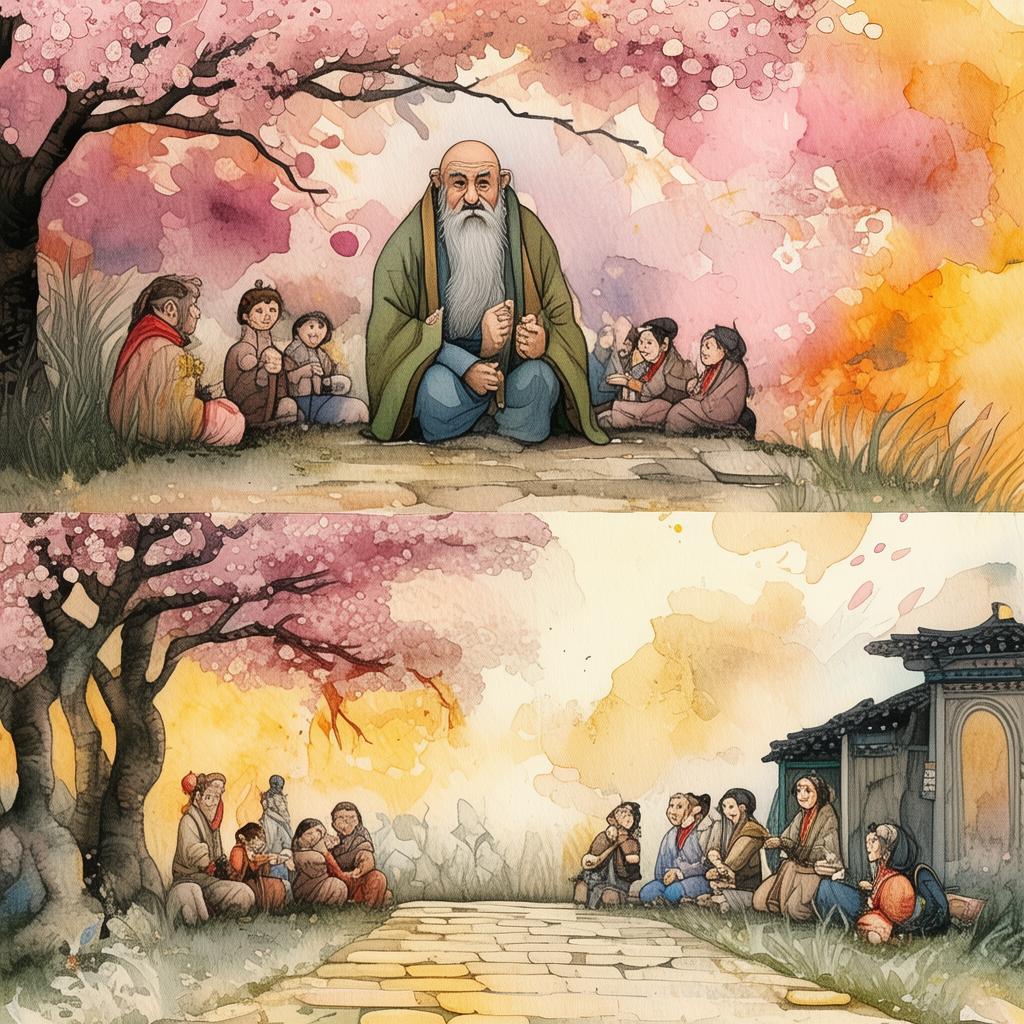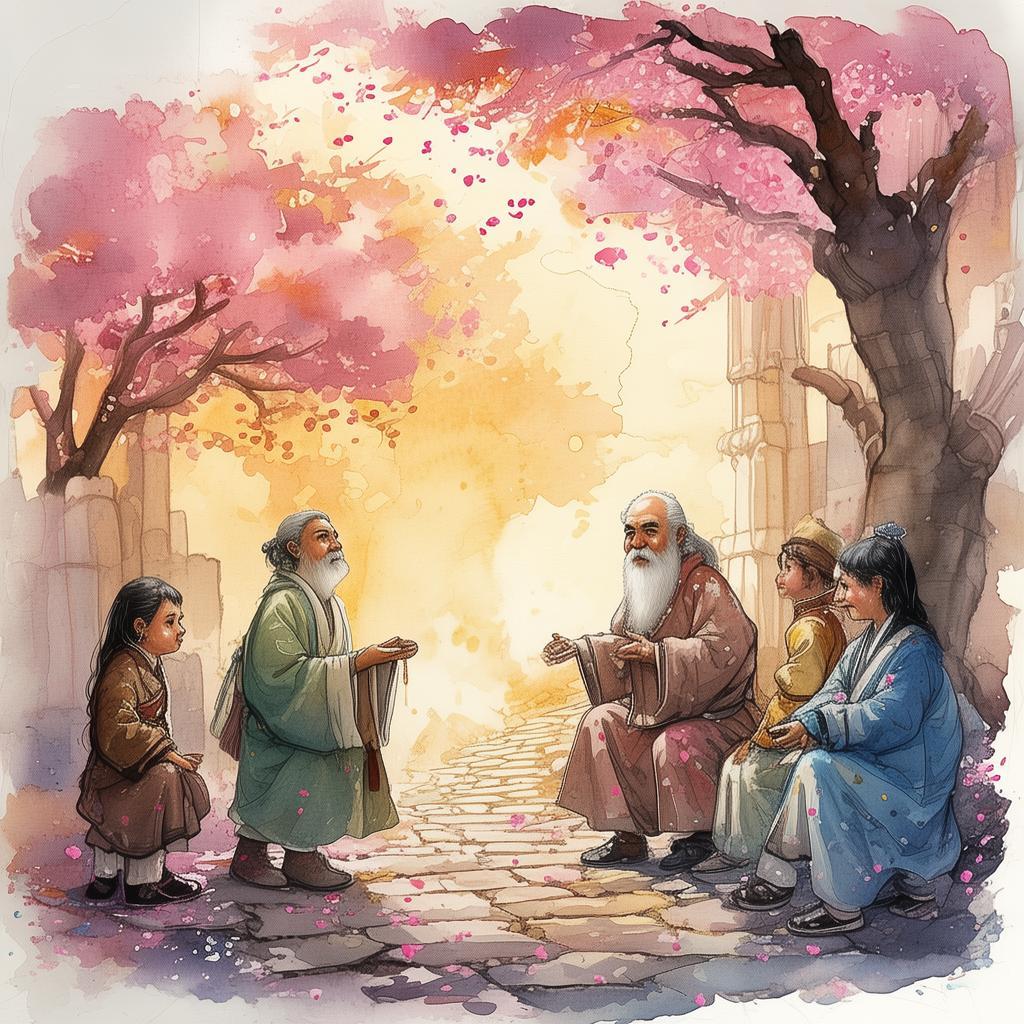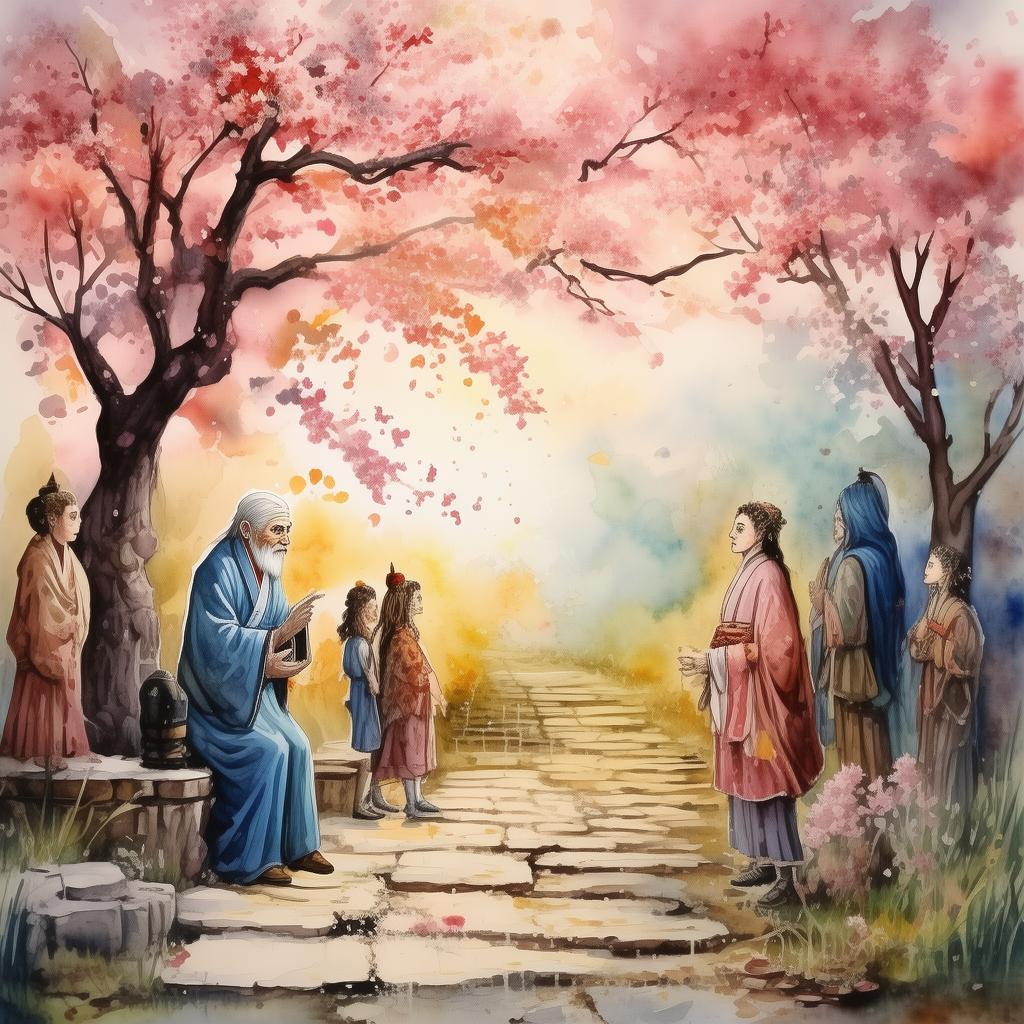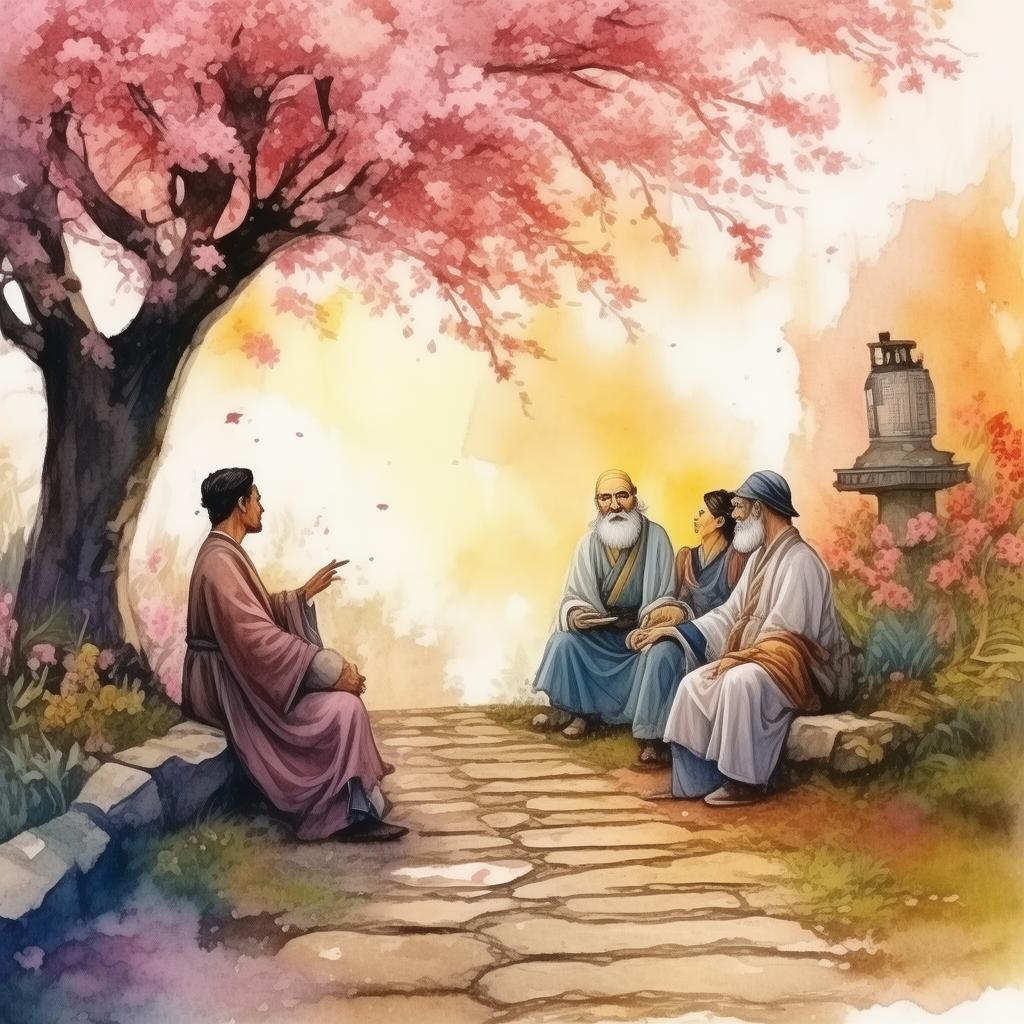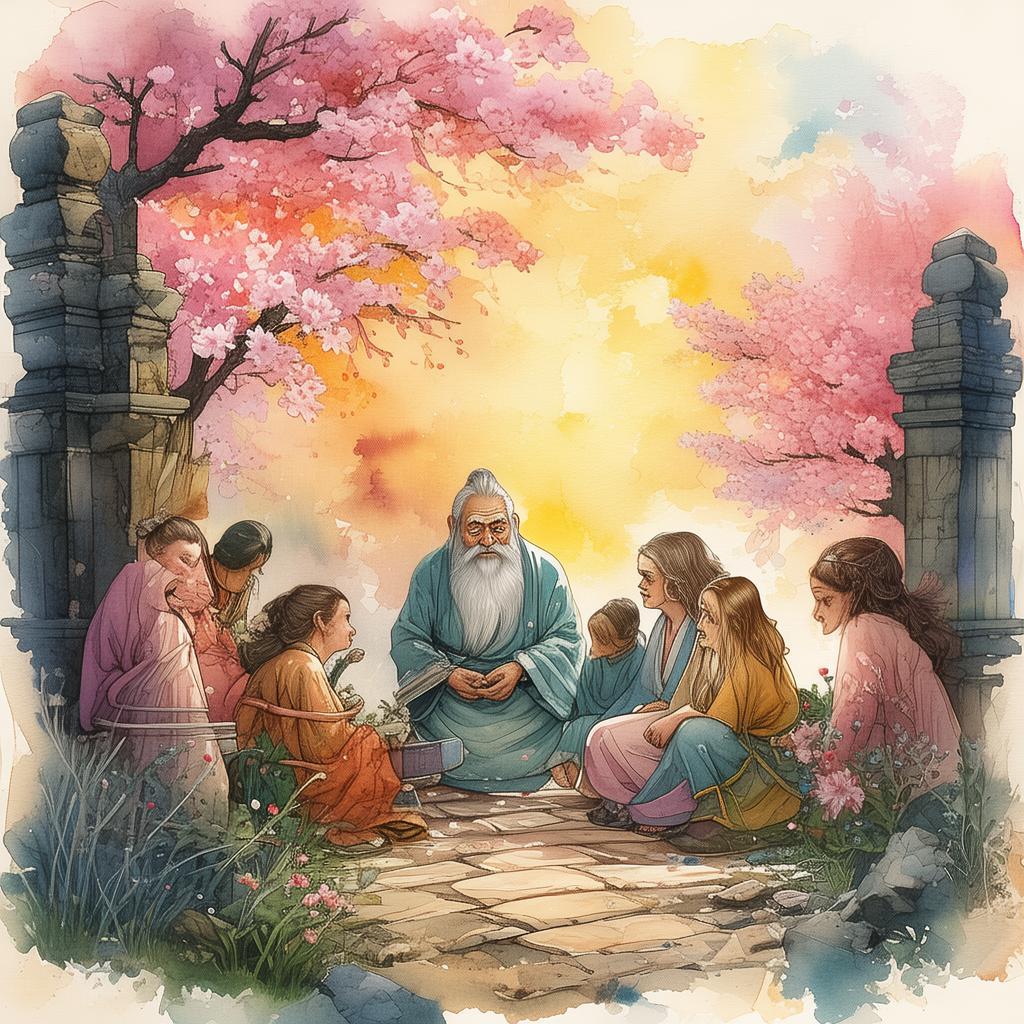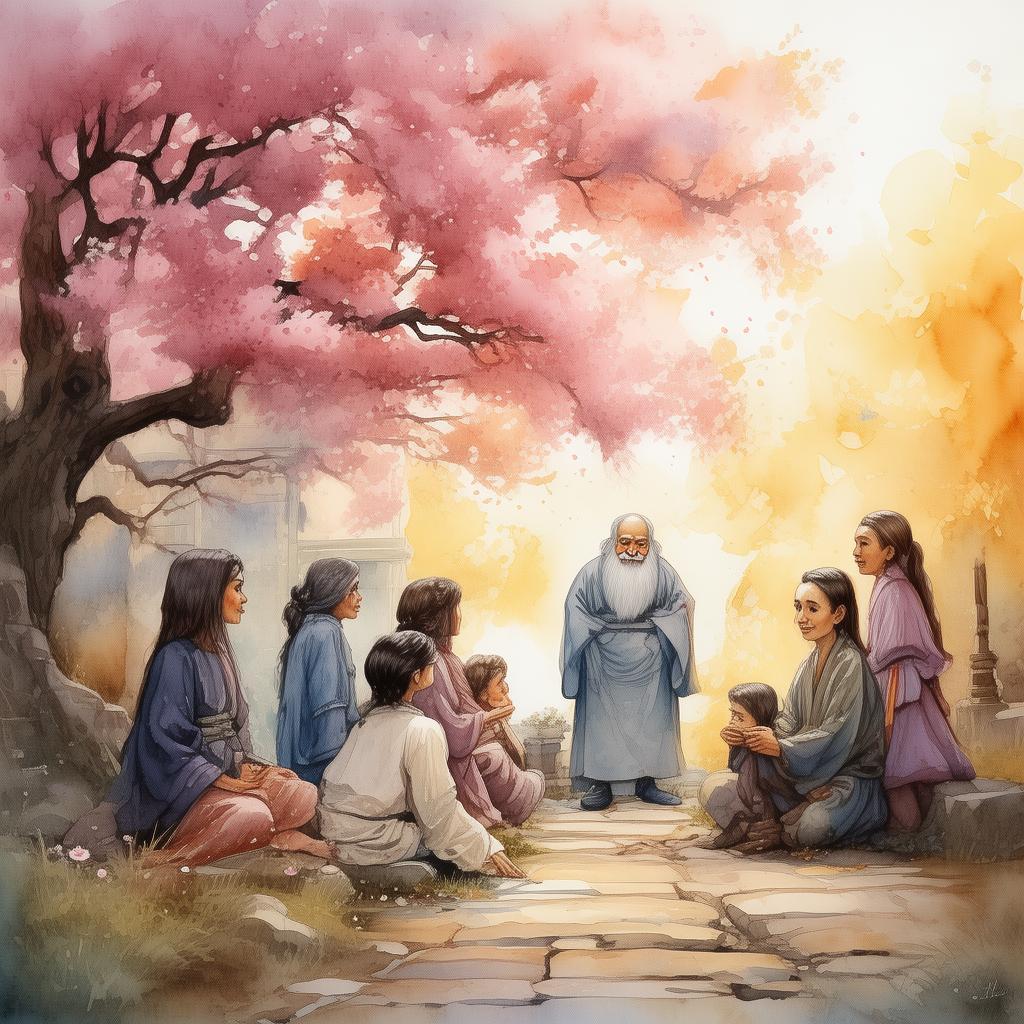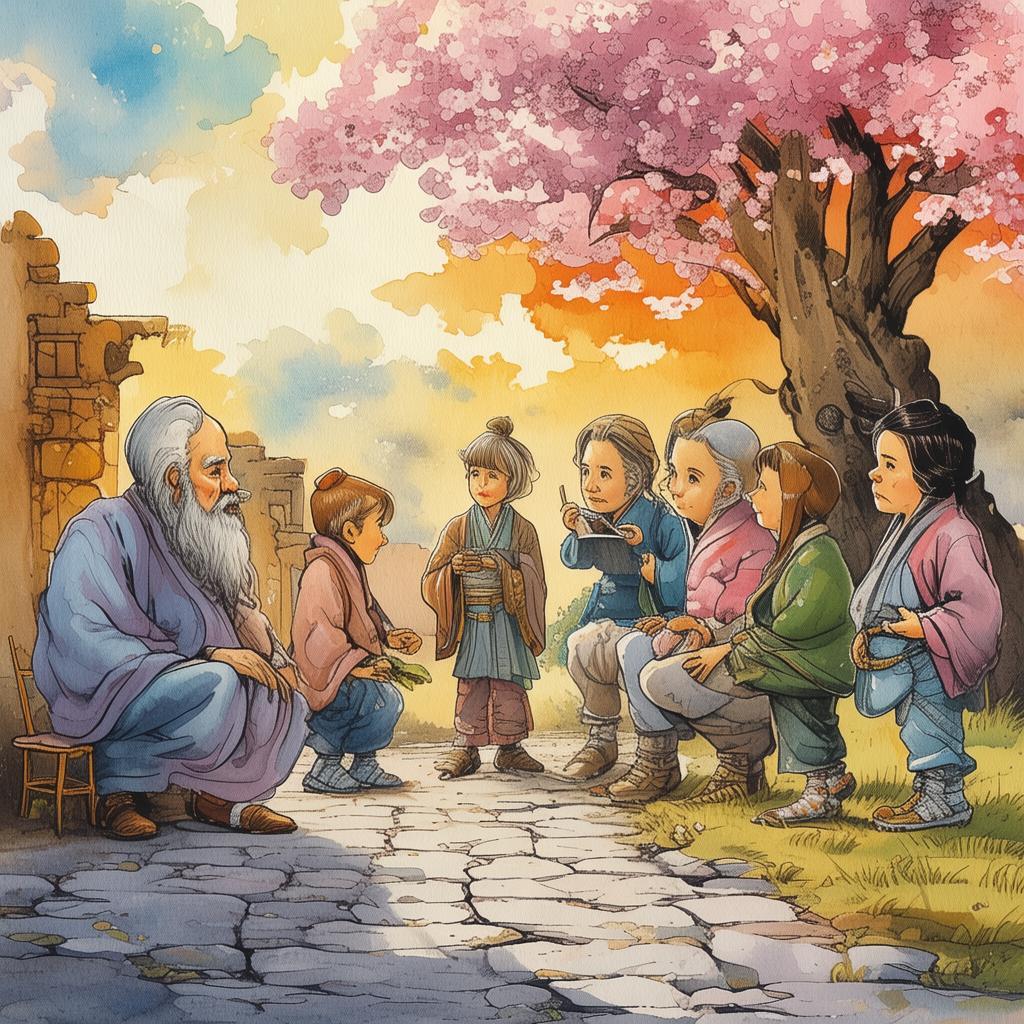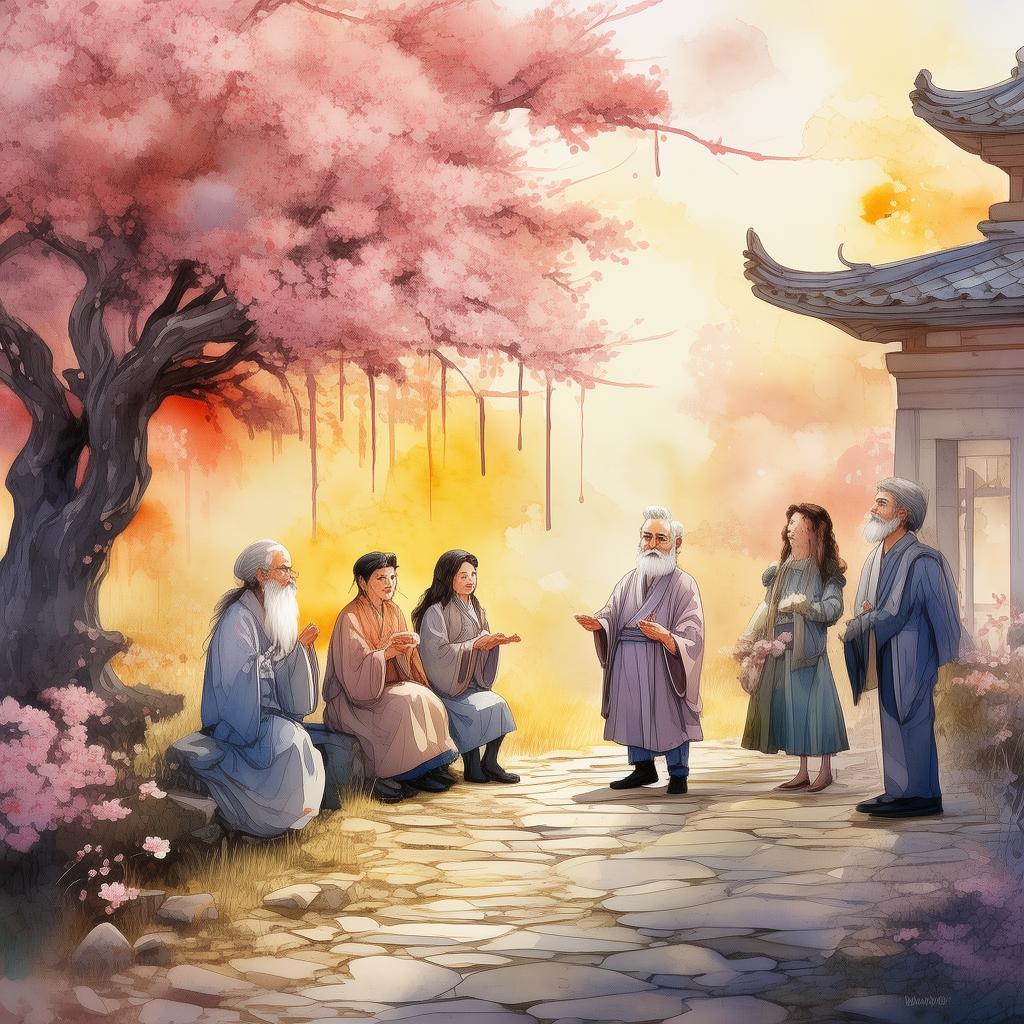The Zen Garden of the Unruffled King: The Art of Inner Peace
In the heart of the ancient kingdom of Jingzhu, there lay a vast and bustling city, where the air was thick with the scents of spices and the sounds of merchants haggling. The king, known as the Unruffled King, was a man of great wisdom and calm demeanor, but his kingdom was not immune to the chaos that often accompanied prosperity.
The Unruffled King had a dream of creating a garden that would embody the essence of his kingdom's spirit—a place where peace and tranquility would reign, a sanctuary that would bring solace to the weary souls of his people. He tasked a young gardener, named Ming, with the monumental task of designing and building this garden.
Ming was a simple man, with a gentle smile and a heart full of dreams. He had always been fascinated by the tranquility of nature and the beauty of gardens. The king's request was a challenge he could not refuse, and with great determination, he set out to create the Zen Garden of the Unruffled King.
As Ming delved into his work, he encountered numerous obstacles. The soil was uneven, the climate unpredictable, and the local villagers, who were accustomed to the hustle and bustle of the city, were skeptical of the project. Ming, however, remained undeterred. He believed that the garden could bring peace to not only the kingdom but also to his own soul.
One day, as Ming was tending to the garden, he noticed a small, wilted flower among the thriving plants. It was a delicate bloom, unlike any he had ever seen, with petals that shimmered like the morning dew. Intrigued, Ming decided to nurture this flower, giving it extra water and care. To his astonishment, the flower began to thrive, its petals opening wider and wider, until they shone with an ethereal glow.
Ming realized that the flower represented the essence of the garden he was trying to create. It was small and often overlooked, yet it had the power to transform the world around it. This discovery gave Ming the inspiration he needed to continue his work.
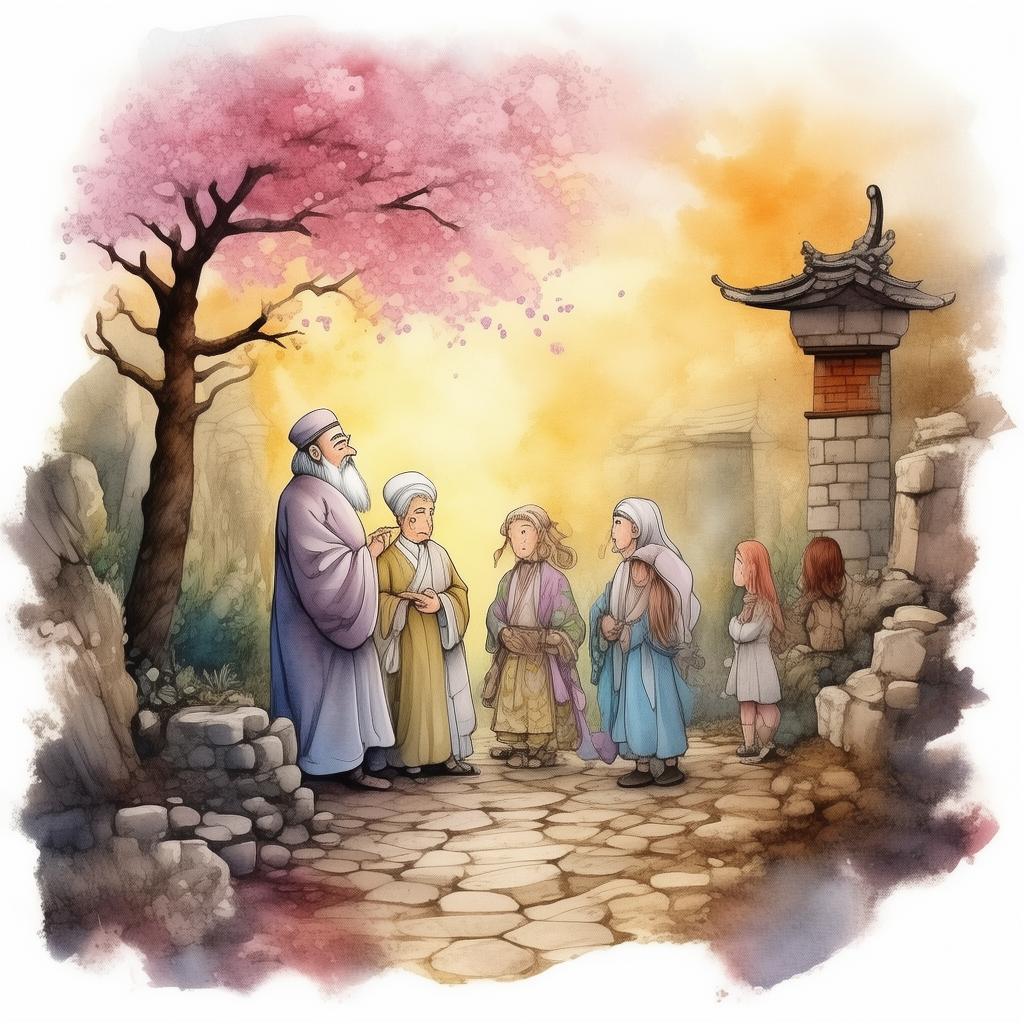
He began to incorporate elements of nature that would promote peace and harmony. He planted trees that would provide shade and tranquility, and he built a tranquil pond where the water would reflect the sky and the flowers above. Ming even constructed a small pavilion where people could sit and meditate, away from the distractions of the world.
As the garden took shape, so too did the hearts of the people. They began to visit the garden, drawn by its beauty and serenity. The king, who had been closely following Ming's progress, was delighted to see the transformation not only in the garden but also in the demeanor of his people.
One day, as Ming was working, the Unruffled King approached him. "Ming," he said, "your garden has become a place of peace and tranquility. It has brought happiness to many, and I thank you for your dedication."
Ming bowed his head, feeling a warmth in his heart. "Your Majesty, it is I who should be thanking you. It is your vision that has allowed me to create this sanctuary."
The king smiled and said, "Ming, you have taught me a valuable lesson. The true art of living is not in the pursuit of external beauty, but in the cultivation of inner peace."
From that day forward, Ming's garden became known as the Zen Garden of the Unruffled King. It became a symbol of the kingdom's spirit, a place where peace and tranquility could be found amidst the chaos of the world.
The story of the Zen Garden of the Unruffled King spread far and wide, inspiring people to seek inner peace and harmony in their own lives. Ming's garden became a testament to the power of patience, the importance of nature, and the beauty of simplicity.
In the end, the garden was not just a place of beauty, but a place of transformation. It taught the people of Jingzhu, and the world beyond, that true peace could be found within, and that the art of living was in the cultivation of one's inner garden.
✨ Original Statement ✨
All articles published on this website (including but not limited to text, images, videos, and other content) are original or authorized for reposting and are protected by relevant laws. Without the explicit written permission of this website, no individual or organization may copy, modify, repost, or use the content for commercial purposes.
If you need to quote or cooperate, please contact this site for authorization. We reserve the right to pursue legal responsibility for any unauthorized use.
Hereby declared.
